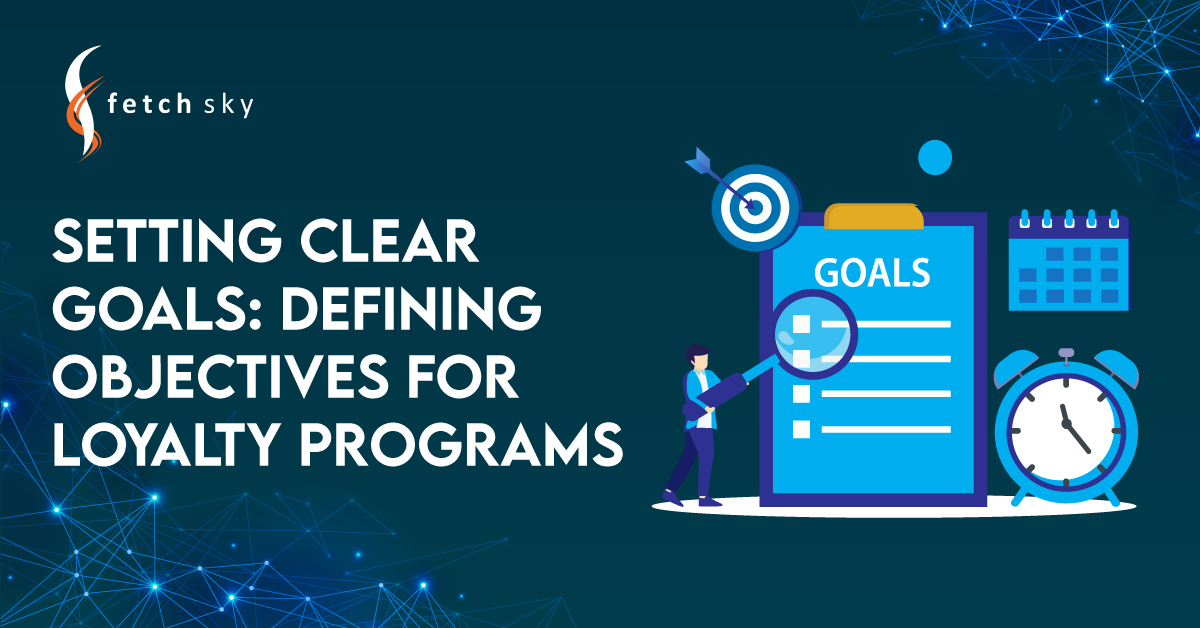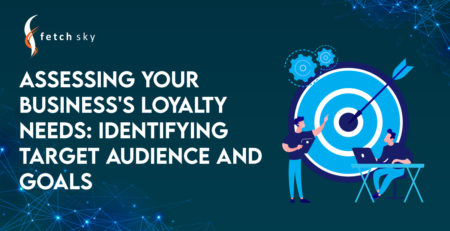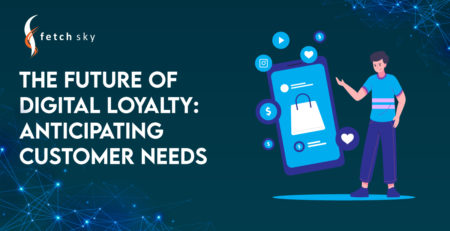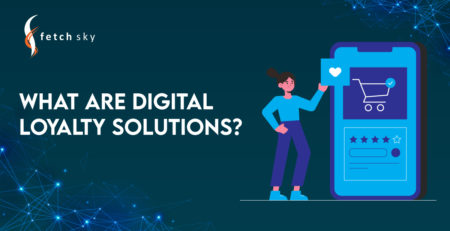Setting Clear Goals: Defining Objectives for Loyalty Programs
Introduction
In the dynamic landscape of modern business, building customer loyalty is a strategic priority for companies across industries. Digital loyalty programs have emerged as a powerful tool to engage customers, foster brand loyalty, and drive long-term success. However, to ensure the effectiveness of a loyalty program, setting clear goals and defining objectives is crucial. In this comprehensive blog, we will explore the significance of setting clear goals for loyalty programs, how it impacts program design and the key strategies for defining objectives that align with business growth.
You can read our blogs to know what a Digital Loyalty Solution exactly is, its benefits, how it can boost customer retention, and how to make an attractive loyalty program. You can also find steps to integrate it into your websites and into your apps and into your business systems as well. Moreover, there’s a gaming option you can add to your loyalty program, you can find out more about that as well. For in-depth personalization details in Digital Loyalty Programs, click here.
The Importance of Goal Setting for Loyalty Programs
Setting clear goals for loyalty programs serves as the foundation for a successful and impactful strategy. Goals provide direction and purpose to the loyalty program, guiding businesses in determining the desired outcomes and the measures of success.
Clear goals also help in aligning the loyalty program with overall business objectives. Whether the aim is to increase customer retention, boost average order value, or drive repeat purchases, setting specific and measurable goals ensures that the loyalty program’s efforts contribute directly to the company’s growth.
Setting well-defined goals also fosters alignment and collaboration among different teams within the organization. Marketing, sales, and customer service teams can work together cohesively towards achieving the loyalty program’s objectives, promoting synergy and efficiency.
Defining Objectives for Loyalty Programs
Identify Key Performance Indicators (KPIs):
Start by identifying the key performance indicators that align with the goals of the loyalty program. KPIs could include metrics such as customer retention rate, customer lifetime value, redemption rate, and engagement levels.
Segment Customer Base:
Consider segmenting the customer base to cater to different customer needs and preferences. For instance, objectives may differ for new customers compared to loyal, high-value customers. Tailor rewards and incentives accordingly to maximize the impact of the loyalty program.
SMART Objectives:
Set objectives that are Specific, Measurable, Achievable, Relevant, and Time-bound (SMART). For example, an objective could be to increase customer retention by 15% over the next six months. This SMART approach provides clarity and focus, making it easier to measure progress.
 Strategies for Achieving Loyalty Program Goals
Strategies for Achieving Loyalty Program Goals
Personalization:
Use customer data and insights to personalize rewards and offers. Customized rewards increase the relevance and value of the loyalty program to individual customers, driving higher engagement and retention.
Tiered Rewards:
Implement a tiered loyalty program with increasing benefits as customers move up the loyalty ladder. This incentivizes customers to stay engaged with the program and strive for higher tiers, enhancing their loyalty to the brand.
Feedback and Evaluation:
Continuously gather feedback from customers to understand their preferences and pain points. Regularly evaluate the performance of the loyalty program against the set objectives, making data-driven adjustments as needed.
Some objectives of a Digital Loyalty Program
1. Increase your customer base
For example: from 100,000 to 150,000.
This is typically an objective for companies that don’t collect customer data as part of their business process. This shouldn’t be your only objective though. Ultimately base growth means you can potentially engage more people in your program – it’s the potential reach. You need to add other objectives to measure engagement and the financial impact.
To read other such objectives, Click Here.
Conclusion
Setting clear goals and defining objectives are integral steps in crafting an effective digital loyalty strategy. By aligning loyalty program goals with overall business objectives, businesses can drive meaningful customer engagement, boost brand loyalty, and achieve sustainable growth.
The process of defining objectives enables businesses to establish key performance indicators, segment their customer base, and adopt a SMART approach to goal-setting. By personalizing rewards, implementing tiered loyalty structures, and actively seeking customer feedback, businesses can maximize the impact of their loyalty programs and create an exceptional customer experience.
To get a complete guide for Digital Loyalty Solutions, Click Here.







